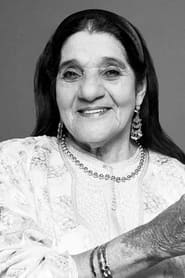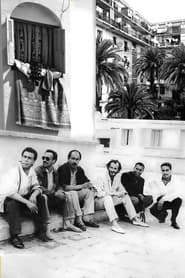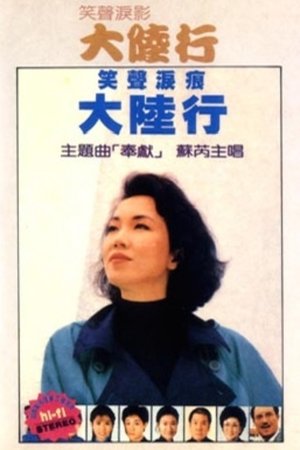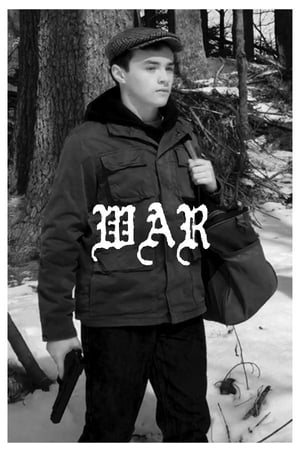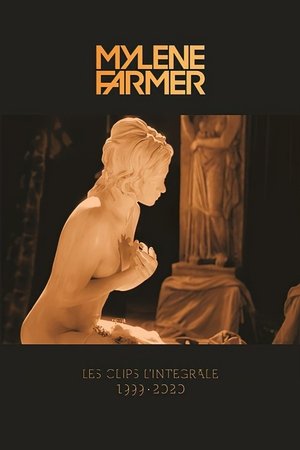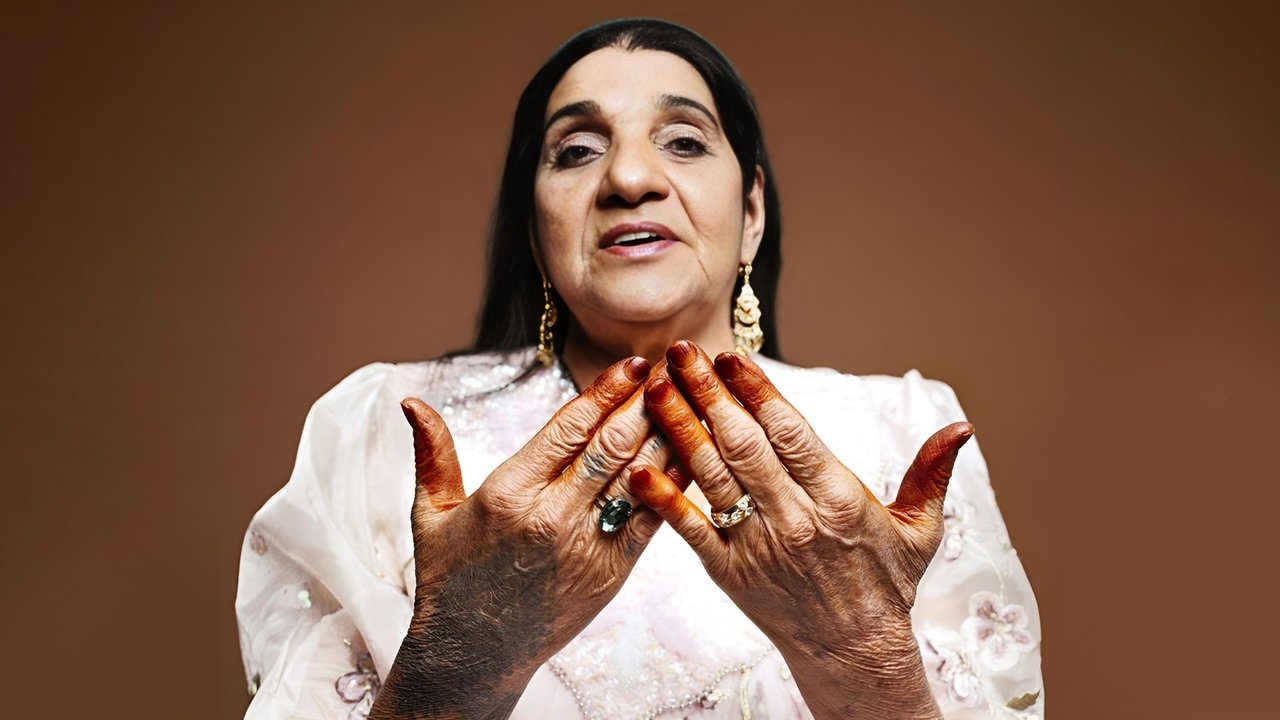
Raï Story: From Cheikha Rimitti to Cheba Djenet(2004)
From Cheikha Rimitti to Cheba Djenet
Raï Story is a musical journey in search of the Raï legend, Cheikha Remitti, in Oran, Algeria, where the Raï musical tradition began. In 1923, the first Raï singers performed behind screens during ceremonies to protect their identity. It was only when the music of singer Cheikha Remitti began to gain popularity among the general public that Raï music was made public, in the 1940s. Cheikha Remitti, who lives between Paris and Oran, is nowhere to be found, the filmmakers then decide to meet producers, musicians, singers like Cheba Dalila or Cheba Djenet, for whom Remitti created a wake. The opportunity, through these unique stories, illustrated with archive images, to retrace the important place of women in this musical tradition and the transformation of Raï music from the 1960s to 2000.


Movie: Raï Story: From Cheikha Rimitti to Cheba Djenet
Top 10 Billed Cast
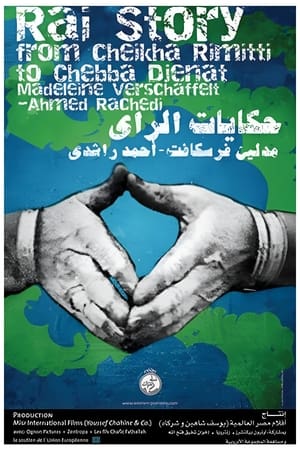
حكايات الراي
HomePage
Overview
Raï Story is a musical journey in search of the Raï legend, Cheikha Remitti, in Oran, Algeria, where the Raï musical tradition began. In 1923, the first Raï singers performed behind screens during ceremonies to protect their identity. It was only when the music of singer Cheikha Remitti began to gain popularity among the general public that Raï music was made public, in the 1940s. Cheikha Remitti, who lives between Paris and Oran, is nowhere to be found, the filmmakers then decide to meet producers, musicians, singers like Cheba Dalila or Cheba Djenet, for whom Remitti created a wake. The opportunity, through these unique stories, illustrated with archive images, to retrace the important place of women in this musical tradition and the transformation of Raï music from the 1960s to 2000.
Release Date
2004-12-01
Average
10
Rating:
5.0 startsTagline
From Cheikha Rimitti to Cheba Djenet
Genres
Languages:
العربيةFrançaisKeywords
Recommendations Movies
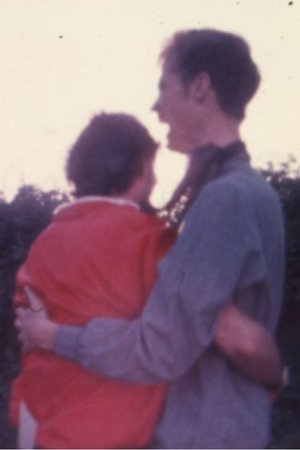 8.3
8.3People(en)
The Red Mountain Tribe hangs out in my backyard. "Lipton's lovely home movie PEOPLE, in its affection for valuable inconsequential gestures, indicates in the course of its three minutes why there has to be a continuing alternative to the commercial cinema." – Roger Greenspun, The New York Times
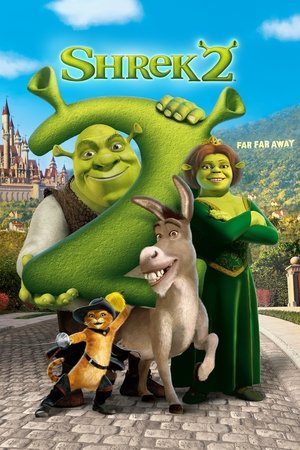 7.3
7.3Shrek 2(en)
Shrek, Fiona, and Donkey set off to Far, Far Away to meet Fiona's mother and father, the Queen and King. But not everyone is happily ever after. Shrek and the King find it difficult to get along, and there's tension in the marriage. The Fairy Godmother discovers that Fiona has married Shrek instead of her son Prince Charming and plots to destroy their marriage.
War(en)
In the gray dawn of an October day, as the inhabitants of a village street in Tripoli are engaged in the enjoyment of their several pursuits of life, an Arab rushes upon the peaceful scene, announcing that Italy has declared war against Turkey and that the Italian warships are now in the harbor, shelling the city.
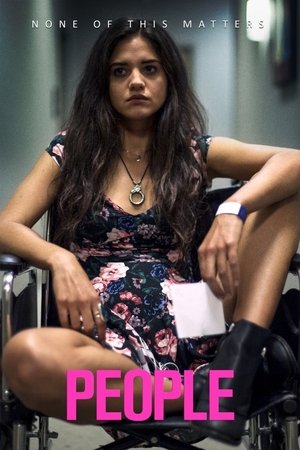 5.9
5.9People(en)
Six vignettes pit an assortment of characters against each other in everyday situations.
 5.6
5.6Ek Main Aur Ekk Tu(hi)
Rahul and Riana meet each other for the first time, get drunk, and awake the next morning to find that they have gotten legally married to each other.
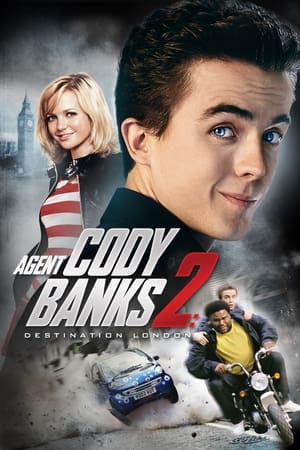 5.6
5.6Agent Cody Banks 2: Destination London(en)
With all-new gadgets, high-flying action, exciting chases and a wisecracking new handler, Derek (Anthony Anderson), Cody has to retrieve the device before the world's leaders fall under the evil control of a diabolical villain.
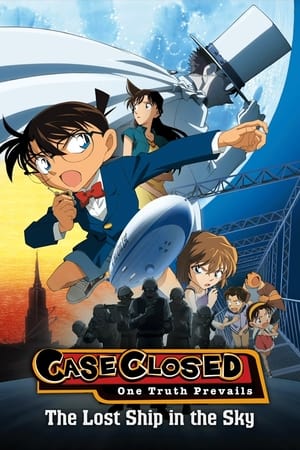 7.1
7.1Detective Conan: The Lost Ship in the Sky(ja)
A terrorist group invades a laboratory containing a deadly bacteria and destroys the lab with an explosion. They later announce via the internet they have gained possession of the bacteria and declare themselves to be the Red Siamese Cats, a terrorist group that was eradicated a decade ago.
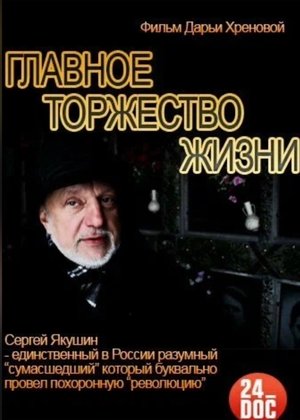 6.1
6.1The Main Celebration of Life(ru)
In Russia, the attitude to death is paradoxically irrational – we all seem to live forever. Entrepreneur Sergey Yakushin is the only reasonable "madman" who conducted a funeral "revolution" in his native Novosibirsk. Yakushin himself turned around to face death after being diagnosed with late-stage cancer 15 years ago. And they gave me a year of life.
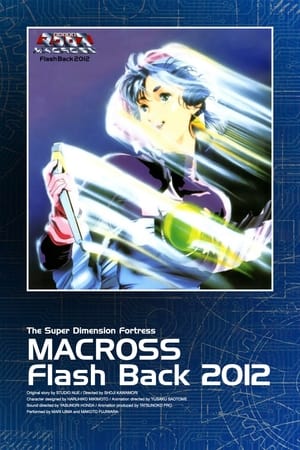 6.3
6.3The Super Dimension Fortress Macross: Flash Back 2012(ja)
Flash Back 2012 is Minmay's farewell concert. Featuring some of her best songs, the music is performed over various scenes and events taken from the first Macross television series as well as Macross: Do You Remember Love film. Also included is a newly animated closing sequence showing the launch of Misa's colony vessel, the Megaroad-01, into space.
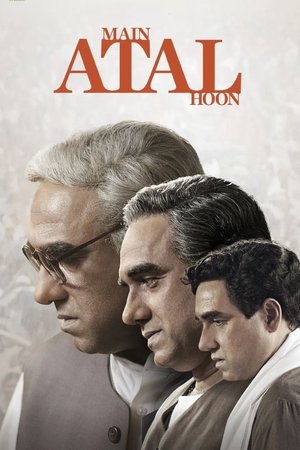 5.7
5.7Main Atal Hoon(hi)
Statesman and poet Shri Atal Bihari Vajpayee's eloquence and vision shaped India's destiny. A look at his remarkable life as he led his country through a challenging period of change and development as the 10th Prime Minister of India.
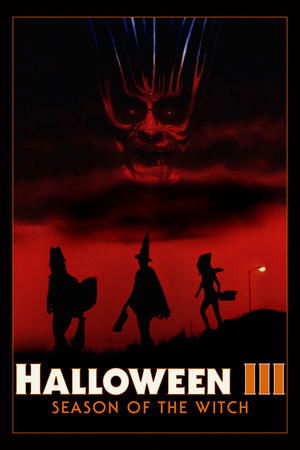 5.2
5.2Halloween III: Season of the Witch(en)
A terrified toy salesman is mysteriously attacked, and at the hospital, babbles and clutches the year's most popular Halloween costume, an eerie pumpkin mask. Suddenly, Doctor Daniel Challis finds himself thrust into a terrifying nightmare.
 7.2
7.2Rahul Subramanian: Kal Main Udega(en)
Rahul Subramanian's stand up comedy solo 'Kal Main Udega' is filled with unrelated topics, no transitions, inconsequential takes on consequential subjects and also a bit of mildly bad dancing.
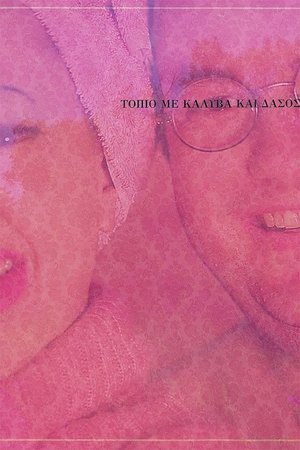 6.2
6.2Painting for the main bedroom(el)
A man is painting a landscape. A woman is holding two cups. What can go wrong? A nightmare in pink.
The Molten-Salt Reactor Experiment(en)
This film was produced in 1969 by Oak Ridge National Laboratory for the United States Atomic Energy Commission to inform the public regarding the history, technology, and milestones of the Molten Salt Reactor Experiment (MSRE). Oak Ridge National Laboratory's Molten Salt Reactor Experiment was designed to assess the viability of liquid fuel reactor technologies for use in commercial power generation. It operated from January 1965 through December 1969, logging more than 13,000 hours at full power during its four-year run. The MSRE was designated a nuclear historic landmark in 1994.
Similar Movies
 7.0
7.0Tina Turner: Private Dancer Tour(en)
In January 1985 in California, Tina received two awards at the American Music Awards: one for "best female singer" and the other for "best video actress." A month later, at the Grammy Awards, Tina took the stage three times: as "Best Singer", as "Best Rock Singer" and as Creator of "Best Song." The disc features one of Tina's best concerts at the peak of her popularity
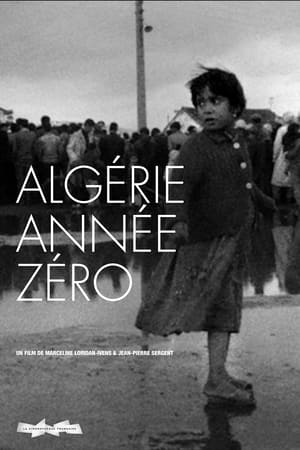 10.0
10.0Algeria, Year Zero(fr)
Documentary on the beginnings of Algerian independence filmed during the summer of 1962 in Algiers. The film was banned in France and Algeria but won the Grand Prize at the Leipzig International Film Festival in 1965. Out of friendship, the production company Images de France sent an operator, Bruno Muel, who later declared: "For those who were called to Algeria (for me, 1956-58), participating in a film on independence was a victory over horror, lies and absurdity. It was also the beginning of my commitment to the cinema."
 7.2
7.2Hitler's Disastrous Desert War(en)
When the British army looks set to defeat Mussolini’s Italian forces, Hitler sends reinforcements; the Afrika Korps led by General Rommel. The Desert Fox is on winning form until Montgomery, the British commander, sets up a plan to crush his opponent. After the American landing in North Africa, the Axis armies have no choice but to surrender and put an end to the Desert War.
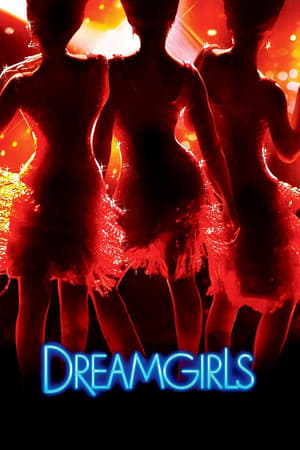 6.7
6.7Dreamgirls(en)
A trio of female soul singers cross over to the pop charts in the early 1960s, facing their own personal struggles along the way.
 7.3
7.3Lady Gaga - Encore(en)
Gaga has travelled through time with her ever changing sound, reinventing herself for every album, award ceremony and red carpet. With a strong fan base behind her, she continues to reign as one of the biggest pop stars of the industry.
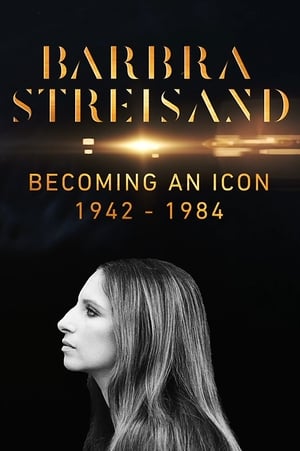 6.9
6.9Barbra Streisand: Becoming an Icon 1942–1984(fr)
Barbra Streisand grew up in working class Brooklyn, dreaming of escape from her tough childhood. A stellar student, she resisted the pressure to go to college as her sights were firmly set on Broadway. She was determined to become an actress and landed her first role aged 16, but it was two years later, when she started to sing, that her career took off. Subverting stereotypes and breaking glass ceilings, this programme looks at her rise to stardom and the remarkable achievements of her early career.
 10.0
10.0Séfar, A City of Mysteries(fr)
Séfar (in Arabic: سيفار) is an ancient city in the heart of the Tassili n'Ajjer mountain range in Algeria, more than 2,400 km south of Algiers and very close to the Libyan border. Séfar is the largest troglodyte city in the world, with several thousand fossilized houses. Very few travelers go there given its geographical remoteness and especially because of the difficulties of access to the site. The site is full of several paintings, some of which date back more than 12,000 years, mostly depicting animals and scenes of hunting or daily life which testify that this hostile place has not always been an inhabited desert. Local superstition suggests that the site is inhabited by djins, no doubt in connection with the strange paintings found on the site.
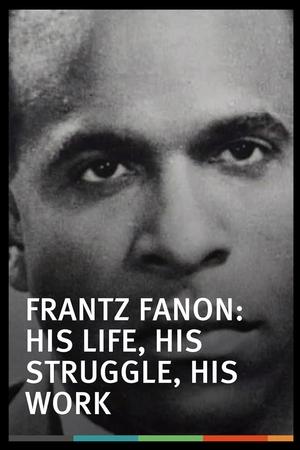 10.0
10.0Frantz Fanon: His Life, His Struggle, His Work(fr)
It is the evocation of a life as brief as it is dense. An encounter with a dazzling thought, that of Frantz Fanon, a psychiatrist of West Indian origin, who will reflect on the alienation of black people. It is the evocation of a man of reflection who refuses to close his eyes, of the man of action who devoted himself body and soul to the liberation struggle of the Algerian people and who will become, through his political commitment, his fight, and his writings, one of the figures of the anti-colonialist struggle. Before being killed at the age of 36 by leukemia, on December 6, 1961. His body was buried by Chadli Bendjedid, who later became Algerian president, in Algeria, at the Chouhadas cemetery (cemetery of war martyrs ). With him, three of his works are buried: “Black Skin, White Masks”, “L’An V De La Révolution Algérien” and “The Wretched of the Earth”.
 0.0
0.0Esther Williams: Hollywood's Mermaid(fr)
The story of Esther Williams is that of an improbable encounter. That of the glamorous Hollywood of the 1940s with a swimming champion. A meeting that gave birth to the most kitsch and flamboyant genre films in Technicolor: the Aqua-musicals! A dive into the troubled waters of post-war Hollywood, where only her qualities as an athlete allow an extraordinary actress to fight to emancipate herself and avoid the traps of the predators who lurk around her
 10.0
10.0Sawt Echaâb(ar)
“La Voix du Peuple,” composed of archival photographs by René Vauthier and others, exposes the root causes of the armed conflict of the Algerian resistance. Participating in a war of real images against French colonial propaganda, these images aimed to show the images that the occupier had censored or distorted, by showing the extortions of the French occupation army: torture, arrests and arbitrary executions, napalm bombings, roundabout fires, erasing entire villages from the map, etc. This is what the French media described as a “pacification campaign”.
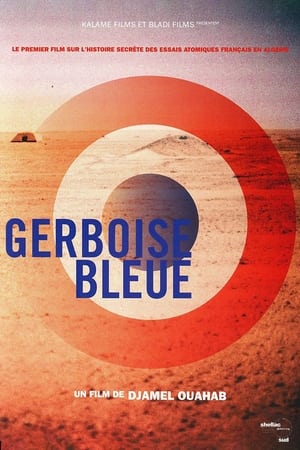 10.0
10.0Gerboise Bleue(fr)
"Gerboise bleue", the first French atomic test carried out on February 13, 1960 in the Algerian Sahara, is the starting point of France's nuclear power. These are powerful radioactive aerial shots carried out in areas belonging to the French army. Underground tests will follow, even after the independence of Algeria. From 1960 to 1978, 30,000 people were exposed in the Sahara. The French army was recognized recognized nine irradiations. No complaint against the army or the Atomic Energy Commission has resulted. Three requests for a commission of inquiry were rejected by the National Defense Commission. For the first time, the last survivors bear witness to their fight for the recognition of their illnesses, and revealed to themselves in what conditions the shootings took place. The director goes to the zero point of "Gerboise Bleue", forbidden access for 47 years by the Algerian authorities
 6.5
6.5True Chronicles of the Blida Joinville Psychiatric Hospital in the Last Century, when Dr Frantz Fanon Was Head of the Fifth Ward between 1953 and 1956(ar)
1953, colonized Algeria. Fanon, a young black psychiatrist is appointed head doctor at the Blida-Joinville Hospital. He was putting his theories of ‘Institutional Psychotherapy’ into practice in opposition to the racist theories of the Algies School of Psychiatry, while a war broke out in his own wards.
 10.0
10.0Alger Et Ses Environs(fr)
The film, shot in 1938, is part of a series entitled “The true face of Algeria”. The film highlights the proximity of Algiers to Paris and promotes air travel. The commentary supporting the images highlights the urban dynamism (“Every day, a new skyscraper replaces a wasteland”) and the comparison with Paris (“Algiers is often nicknamed the Paris of North Africa because of its elegance become proverbial). Contemporary architectural achievements are described as the sign of “grandiose modernism”: “we love the new, the bold”. But the point does not forget the buildings illustrating “the Moorish, classic and attractive style”. The description of the Casbah also attempts to understand the architectural organization but also the diversity and even the atmosphere.
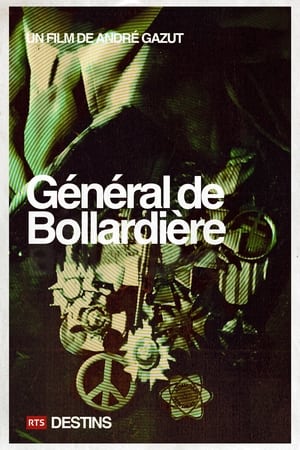 10.0
10.0Destins: Général De Bollardière(fr)
The exceptional portrait of a pacifist general, the only senior officer to have spoken out against torture. This precious testimony still remains censored in France, since no national channel has to date decided to program this documentary. Son and brother of a soldier, General Pâris de Bollardière was destined for a career in arms. He was, for many years, one of the most brilliant representatives of this adventurer career in France, from Narvik to the Algerian War. After fighting in the French maquis, he reached Indochina, where he suddenly found himself in the aggressor's camps. His beliefs are strongly shaken. But it is in Algeria, where the French army practices torture and summary executions, that he takes the big turn. He expresses his contempt to Massu, and is relieved of his command. Until his death in 1986, Jacques de Bollardière fought for world peace, from the Larzac plateaus to the Mururoa atolls.
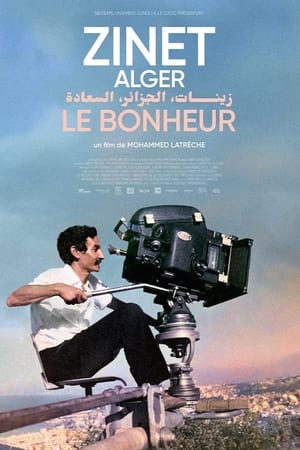 10.0
10.0Zinet, Algiers, Happiness(fr)
Who remembers Mohamed Zinet? In the eyes of French spectators who reserve his face and his frail silhouette, he is simply the “Arab actor” of French films of the 1970s, from Yves Boisset to Claude Lelouch. In Algeria, he's a completely different character... A child of the Casbah, he is the brilliant author of a film shot in the streets of Algiers in 1970, Tahya Ya Didou. Through this unique work, Zinet invents a new cinema, tells another story, shows the Algerians like never before. In the footsteps of his elder, in the alleys of the Casbah or on the port of Algiers, Mohammed Latrèche will retrace the story of Tahya Ya Didou and its director.
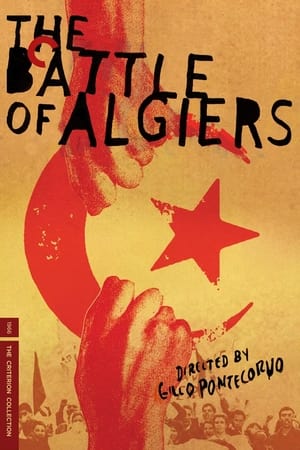 10.0
10.0Five Directors On The Battle of Algiers(en)
This 17-minute documentary is featured on the 3-Disc Criterion Collection DVD of The Battle of Algiers (1966), released in 2004. An in-depth look at the Battle of Algiers through the eyes of five established and accomplished filmmakers; Spike Lee, Steven Soderbergh, Oliver Stone, Julian Schnabel and Mira Nair. They discuss how the shots, cinematography, set design, sound and editing directly influenced their own work and how the film's sequences look incredibly realistic, despite the claim that everything in the film was staged .
 6.6
6.6Fata Morgana(de)
Shot under extreme conditions and inspired by Mayan creation theory, the film contemplates the illusion of reality and the possibility of capturing for the camera something which is not there. It is about the mirages of nature—and the nature of mirage.
